Athanasios Tsiligkaridis
Encoding Agent Trajectories as Representations with Sequence Transformers
Oct 11, 2024Abstract:Spatiotemporal data faces many analogous challenges to natural language text including the ordering of locations (words) in a sequence, long range dependencies between locations, and locations having multiple meanings. In this work, we propose a novel model for representing high dimensional spatiotemporal trajectories as sequences of discrete locations and encoding them with a Transformer-based neural network architecture. Similar to language models, our Sequence Transformer for Agent Representation Encodings (STARE) model can learn representations and structure in trajectory data through both supervisory tasks (e.g., classification), and self-supervisory tasks (e.g., masked modelling). We present experimental results on various synthetic and real trajectory datasets and show that our proposed model can learn meaningful encodings that are useful for many downstream tasks including discriminating between labels and indicating similarity between locations. Using these encodings, we also learn relationships between agents and locations present in spatiotemporal data.
Transformer Networks for Predictive Group Elevator Control
Aug 15, 2022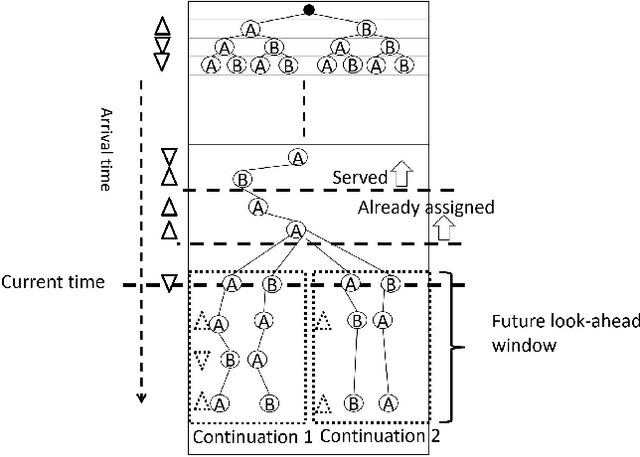
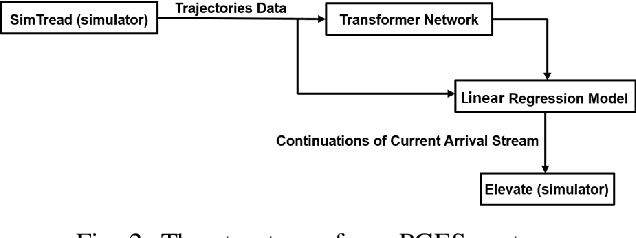
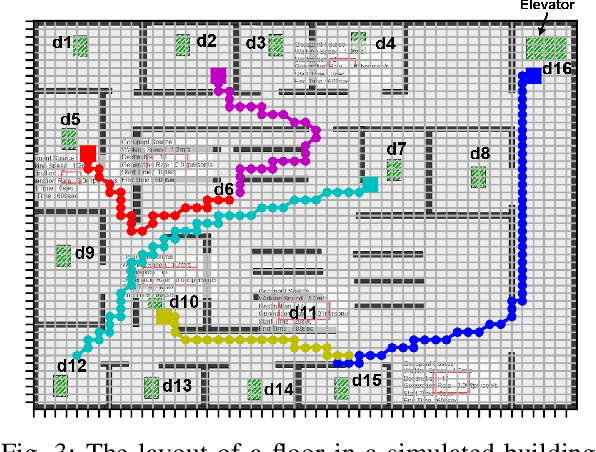

Abstract:We propose a Predictive Group Elevator Scheduler by using predictive information of passengers arrivals from a Transformer based destination predictor and a linear regression model that predicts remaining time to destinations. Through extensive empirical evaluation, we find that the savings of Average Waiting Time (AWT) could be as high as above 50% for light arrival streams and around 15% for medium arrival streams in afternoon down-peak traffic regimes. Such results can be obtained after carefully setting the Predicted Probability of Going to Elevator (PPGE) threshold, thus avoiding a majority of false predictions for people heading to the elevator, while achieving as high as 80% of true predictive elevator landings as early as after having seen only 60% of the whole trajectory of a passenger.
Misclassification-Aware Gaussian Smoothing improves Robustness against Domain Shifts
Apr 02, 2021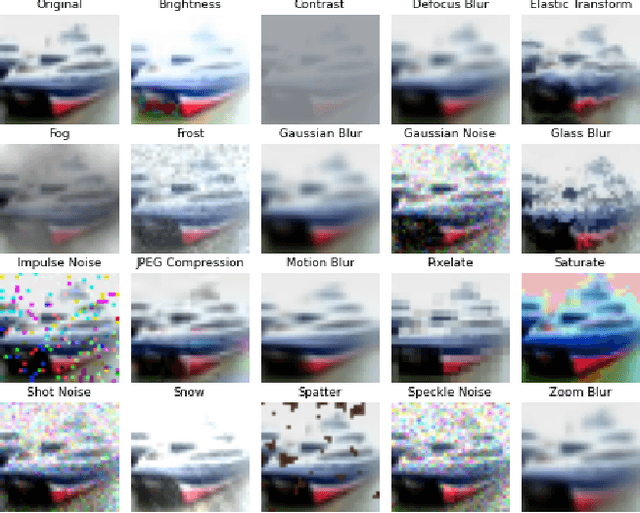
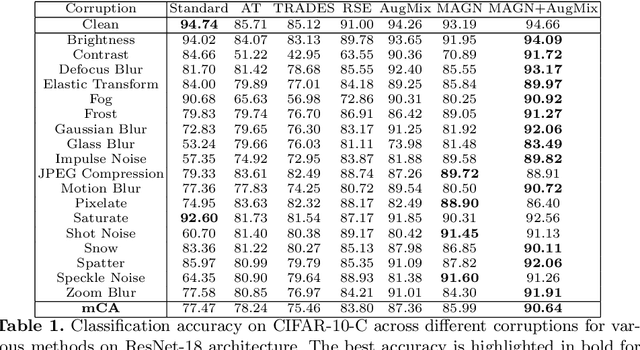
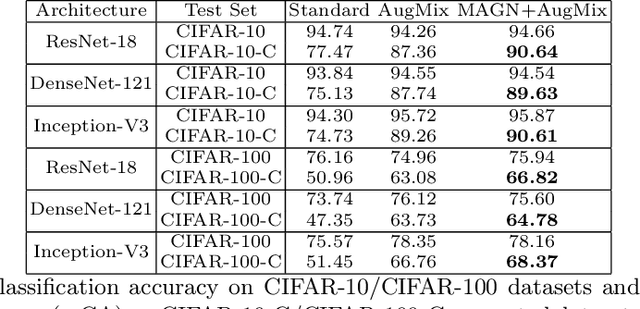
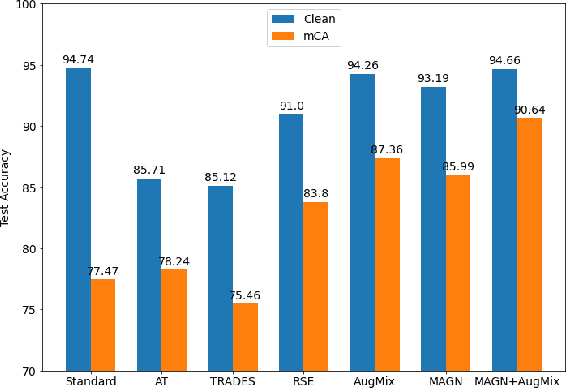
Abstract:Deep neural networks achieve high prediction accuracy when the train and test distributions coincide. However, in practice various types of corruptions can deviate from this setup and performance can be heavily degraded. There have been only a few methods to address generalization in presence of unexpected domain shifts observed during deployment. In this paper, a misclassification-aware Gaussian smoothing approach is presented to improve the robustness of image classifiers against a variety of corruptions while maintaining clean accuracy. The intuition behind our proposed misclassification-aware objective is revealed through bounds on the local loss deviation in the small-noise regime. When our method is coupled with additional data augmentations, it is empirically shown to improve upon the state-of-the-art in robustness and uncertainty calibration on several image classification tasks.
Active query-driven visual search using probabilistic bisection and convolutional neural networks
Oct 29, 2018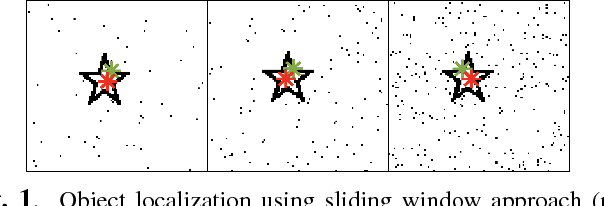
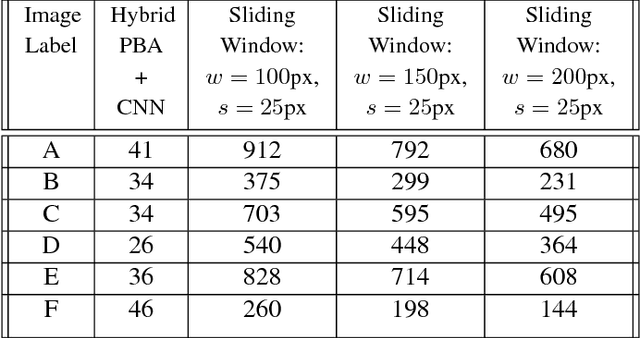

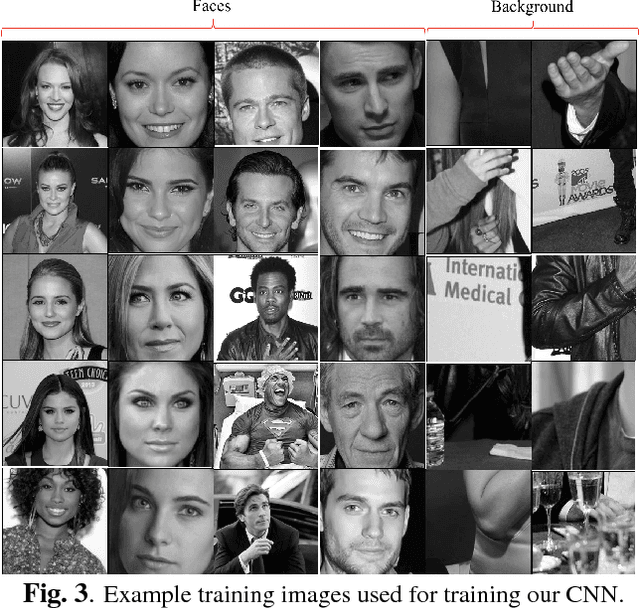
Abstract:We present a novel efficient object detection and localization framework based on the probabilistic bisection algorithm. A Convolutional Neural Network (CNN) is trained and used as a noisy oracle that provides answers to input query images. The responses along with error probability estimates obtained from the CNN are used to update beliefs on the object location along each dimension. We show that querying along each dimension achieves the same lower bound on localization error as the joint query design. Finally, we compare our approach to the traditional sliding window technique on a real world face localization task and show speed improvements by at least an order of magnitude while maintaining accurate localization.
Distributed Probabilistic Bisection Search using Social Learning
Dec 28, 2016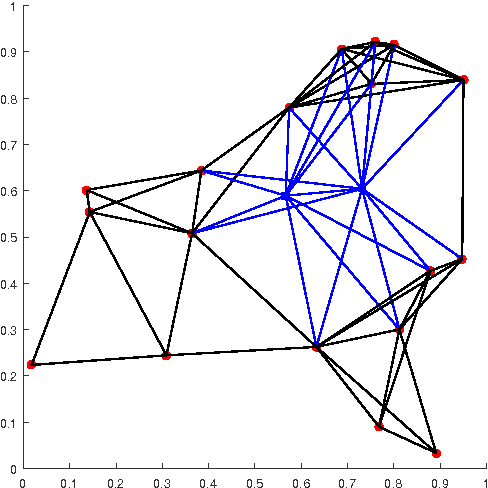
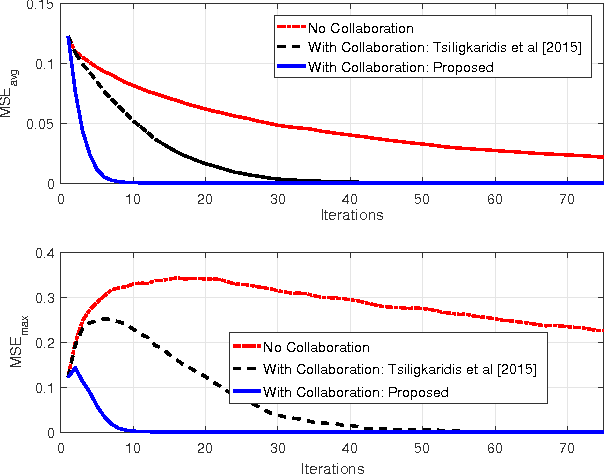

Abstract:We present a novel distributed probabilistic bisection algorithm using social learning with application to target localization. Each agent in the network first constructs a query about the target based on its local information and obtains a noisy response. Agents then perform a Bayesian update of their beliefs followed by an averaging of the log beliefs over local neighborhoods. This two stage algorithm consisting of repeated querying and averaging runs until convergence. We derive bounds on the rate of convergence of the beliefs at the correct target location. Numerical simulations show that our method outperforms current state of the art methods.
 Add to Chrome
Add to Chrome Add to Firefox
Add to Firefox Add to Edge
Add to Edge